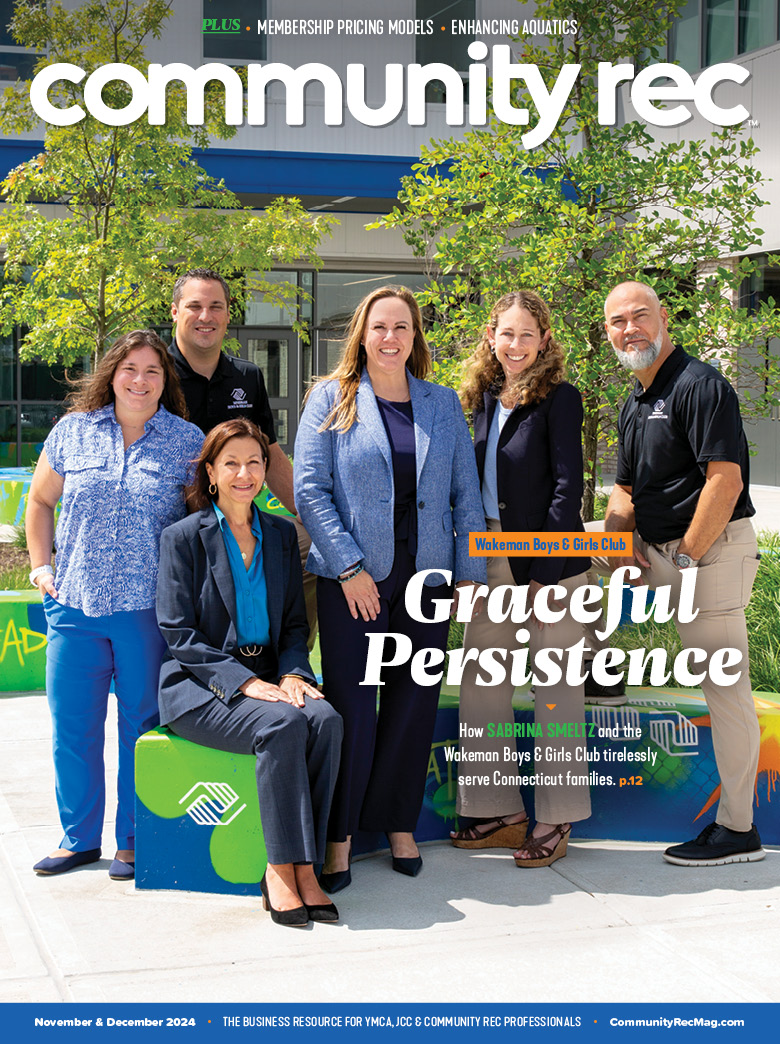Cassandra Stish, of Welld Health, shares tips for developing a full-spectrum health and wellness experience.
The landscape of community recreation is evolving with a noticeable focus on a comprehensive health approach that not only enhances member satisfaction, but also opens new revenue streams. This approach, characterized by its inclusivity and attention to individual needs, promises to redefine the standards of community recreation centers.
One foundational strategy involves partnering with check-in reimbursement programs (CHIRPs). These insurance-backed, fitness benefit programs incentivize participation by covering the cost of membership, thus attracting new members and encouraging consistent engagement. By engaging with traditional CHIRPs (Optum, Tivity, ASH, FitOn, etc.) or negotiating with health plans directly, health and fitness centers can significantly increase their membership base and introduce a diverse group of individuals to the healthy lifestyle offerings provided.
Once a new member is engaged, having a tailored onboarding approach is a key strategy for retention as this first step helps them define their health objectives and understand specific ways the center can support their journey. Through this personalized experience, members are more likely to feel a sense of belonging and motivation, which are crucial components for sustained participation and the achievement of health goals. Be sure to capture health data from these assessments to prove impact.
Roll out diverse programs that address specific health concerns such as hypertension, metabolic syndrome, obesity and others. By offering specialized classes and interventions to support members who have these conditions, centers can meet the nuanced needs of their community. This not only broadens appeal of the center, but also underscores its role as a proactive agent in public health.
Collaboration with the clinical community opens additional pathways for growth. Establishing a referral system with local healthcare providers enables a seamless transition for individuals from clinical treatment to community-based wellness activities. This partnership enhances the center’s credibility and extends its reach into the community, inviting a broader demographic to engage in health and wellness practices.
Engage corporate partners through membership offerings and proven program outcomes to further exemplify the center’s commitment to health excellence. By showcasing the tangible benefits of programs, centers can attract corporate investment and sponsorship, providing a financial boost while also aligning with the wellness goals of the corporate community.
Lastly, leveraging program data to secure community health grants and health insurance contracts represents a sophisticated approach to sustainability. Through meticulous documentation and analysis of health outcomes, centers can present compelling evidence of their impact, making them attractive candidates for funding and partnerships that can enhance offerings and accessibility.
Developing a full-spectrum health and wellness experience requires a multifaceted approach that prioritizes individual member needs while also seeking innovative partnerships and funding opportunities. By embracing these strategies, community recreation professionals can elevate their centers into hubs of health and wellness, achieving remarkable outcomes for their members and the broader community. This holistic approach not only enhances individual well-being, but also contributes to the vitality and resilience of communities, paving the way for a healthier future.










